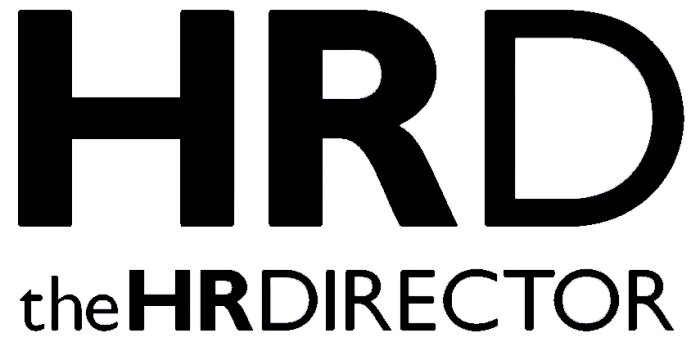When they don’t see that happening, they start to look elsewhere. High turnover is often a sign that development has stalled. Retention begins with giving people real opportunities to learn and evolve.
Employee training software helps make that possible. It supports skill-building at scale, gives teams access to learning wherever they are, and connects training directly to business outcomes. When used well, it becomes a key part of how companies keep talent engaged and prepared for what’s next.
Meeting the Pace of Change
The way work gets done keeps shifting. Roles that existed five years ago have disappeared. New job titles appear every quarter. Teams adopt new tools, processes, and platforms at record speed. In that environment, knowledge gaps can open fast and become costly.
Outdated training slows companies down. It’s often tied to in-person sessions or generic content and lacks the flexibility today’s workforce needs. Employee training software, on the other hand, moves with the organization. It lets L&D teams launch courses quickly, update them easily, and personalize them based on role or function.
Making Learning Accessible
One of the biggest strengths of employee training software is that it makes development widely accessible. Employees can complete courses during slower hours or from remote locations. Learning doesn’t depend on employees’ location or timezone. It’s available on-demand, on any device.
This accessibility is especially valuable for global teams or distributed workforces. When everyone has access to the same materials, standards stay consistent.
Employee training software makes it easy to assign training to different departments or regions, automate reminders, and ensure that nothing slips through the cracks. It’s structured without being rigid.
Built Into the Workday
Training isn’t practical when it distracts people from their responsibilities for hours (or days). Employees need development that fits into their schedules. Modern training platforms deliver content in short formats. They use microlearning, quizzes, and role-specific pathways to keep things relevant and digestible.
Instead of logging off for an all-day workshop, employees can complete a module in 10 minutes. That flexibility matters. It keeps people learning without overwhelming them. And it respects the reality of busy calendars.
Employee training platforms also integrate with tools people already use, so learning becomes part of the workflow rather than something separate.
Connecting Training to Career Growth
Growth matters to people. They need clear steps toward more responsibility, better roles, or deeper expertise. Employee training software supports that kind of growth by offering content that’s tied to real outcomes. Certifications, role-specific learning paths, and skills-based development all help employees see a future with the company.
When employees see their employer investing in that level of development, they’re more likely to stay and grow. Without that support, they start looking elsewhere. In fact, 37% of Gen Z plan to change jobs in 2025 if they don’t receive enough training.
Using Data to Improve Training
The most effective training programs are data-driven. Employee training software tracks everything: who’s engaging with the content, where learners are struggling, which courses are being completed, and which ones aren’t landing.
That level of insight lets companies make better decisions:
● They can retire irrelevant content
● Double down on what works
● Spot knowledge gaps early
Employee training software allows L&D teams to generate reports quickly, monitor trends, and refine their approach without guesswork. That way, training becomes an ongoing process, not a one-time event. It evolves with the organization.
Developing Skills for the Future
Today’s skills won’t always match tomorrow’s demands. That’s especially true in industries reshaped by AI and automation. Employee training software allows organizations to respond to those shifts in real time. They can launch new training when the market changes, build custom paths for emerging roles, and ensure people don’t fall behind.
This adaptability is critical. Companies that invest in future-ready skills are more likely to retain top performers. Employees want to feel equipped for what’s next. They want their work to stay relevant and their skills to grow along with the organization.
A Better Experience for Everyone
Training isn’t just for compliance. It’s not a box to check. When done well, it builds confidence, increases engagement, and shows employees that their growth matters. That benefits the entire organization:
● Leaders see stronger performance
● HR sees higher retention
● Managers get teams that are more capable and independent
● Employees get a clearer sense of where they’re going
Investing in Retention Through Learning
Turnover is expensive. It drains time, disrupts teams, and slows progress. But it’s not inevitable. When people see real opportunities to grow—and when those opportunities are easy to access—they’re more likely to stay.
Employee training software helps companies build those learning opportunities into the everyday. It removes barriers to learning. It personalizes growth. And it gives leaders the visibility they need to keep teams aligned and engaged.
Development doesn’t have to be complicated. It just has to be consistent, thoughtful, and available. Employee training software makes that possible. It’s not about checking a box. It’s about building a workplace where people want to grow, and stay.







